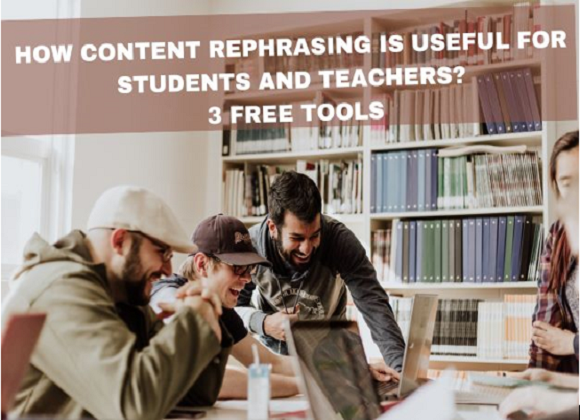Courses
Grow skills with quality courses
Do individuals truly learn in various ways? Turns out it is quite difficult. Here is the situation against the significance of hear-able, visual, and sensation learning styles.
In the event that you've been anyplace around schooling in the beyond a couple of many years, you'll have known about learning styles. Understudies are given tests to assist them with figuring out which sort of student they "are": hear-able, visual, or sensation. As instructors, we are educated to guarantee that we utilize an assortment of exercises in our group so we can arrive at every one of these various types of students.
Be that as it may, is there any science behind these learning styles?
In this article, we'll plunge into what realizing styles evidently are, regardless of whether they truly altogether affect the manner in which our understudies learn, and how that affects your education.
The learning styles theory
The learning styles legend depends on the theory that understudies learn in various ways and that, assuming you can recognize the most ideal way every understudy learns, you can utilize that to educate most effectively.
The issue is that the strategy we use to distinguish the manners in which understudies learn best is by asking them how they like to learn best. At the end of the day, we frequently depend on our understudies' self-announced inclination through casual tests to figure out what realizing style is generally fitting for them.
The three learning styles most generally referred to are:
Hear-able students. These are understudies that learn most successfully when data is introduced through sound. Educators would in a perfect world use exercises where they say data, give spoken guidelines, or use sounds somehow or another.
Visual students. These are understudies who learn best when data is introduced outwardly. Educators would preferably incorporate these understudies by giving visual data or composing guidelines.
Sensation students. These are understudies who learn best when they actually control data. Educators would in a perfect world incorporate these understudies by fusing hands-on exercises.
About the author
Comments
Recommended by Gurushala

Technology & Innovation
-By Valentina MilanovaHow Content Rephrasing is Useful for Students and Teachers? 3 Free Tools

Stories of Indian Classrooms
-By GurushalaOn the course of continuous learning- An inspiring teacher story from Pune
Related Articles
